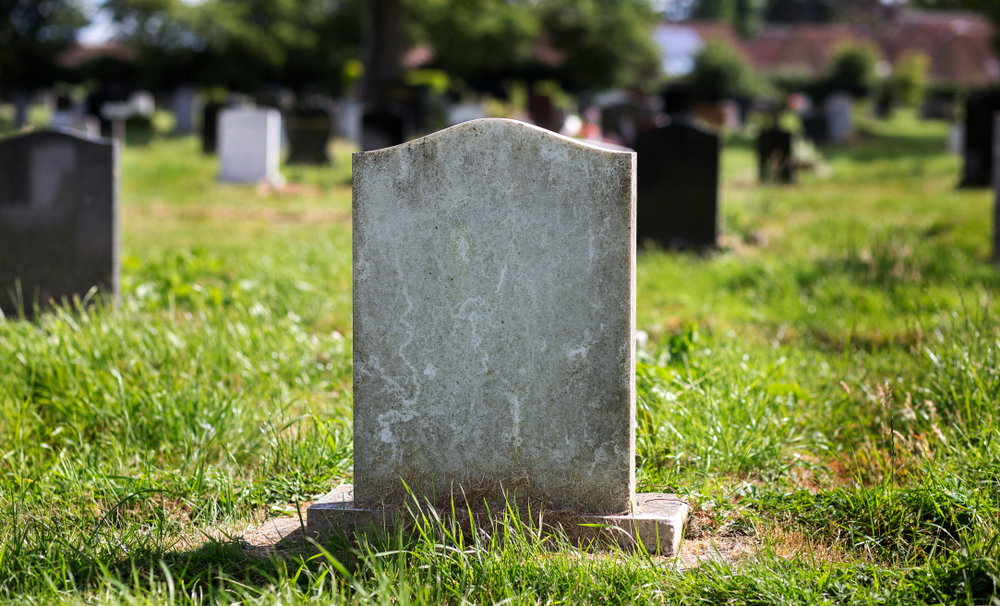It’s likely that you may remember Martin Shkreli, the CEO of Turing Pharmaceuticals, who caught the public’s attention and widespread criticism when he unabashedly raised the price of Daraprim by 5000 percent. The drug is used for treating the deadly AIDS virus. The average cost of treatment rose from around $1,130 to over $63,000, with each tablet costing $750.
While it may seem unconscionable to most that a company could unethically put people’s lives at risk by hiking the price of a potentially lifesaving drug to the point of unaffordability, sadly Mr. Shkreli decision to raise the price of Daraprim is not unique when it comes to pharmaceutical companies and lifesaving treatments. Which brings us to the main focus of today’s post—the opioid overdose reversal drug naloxone.
Stemming the Tide
If you have been following the ongoing story of the United States government’s policy changes for addressing the deadly opioid epidemic, then you have probably heard the calls from lawmakers on both sides of the aisle to get a handle on the situation—a scourge stealing the lives of over 70 Americans every day.
Multiple government agencies, including the U.S. Food and Drug Administration (FDA), the Centers for Disease Control and Prevention (CDC) and the National Institute on Drug Abuse (NIDA) for instance, at the behest of Senators, Congressman and the White House—are working to make it more difficult to abuse prescription drugs and develop the most effective treatments for treating substance use disorders. The agencies are imploring doctors to write prescriptions with discretion, only relying on drugs like oxycodone when it’s absolutely necessary.
Recently, a bill was put forward in the Senate that would impose a 1 cent tax on every milligram of active opioid ingredient in a prescription painkiller; the money generated from the tax would be used for expanding access to substance use disorder treatment. What’s more, the U.S. Senate overwhelmingly voted in favor (94-1) of the Comprehensive Addiction and Recovery Act (CARA) in March of 2016. The legislation is meant to cover a number of different facets relative to the opioid epidemic, which include:
-
- Expanding Prevention and Educational Efforts
- Expanding Access to Unwanted Prescription Drug Disposal Sites
- Strengthening Prescription Drug Monitoring Programs
- Expanding Access to Naloxone
The Price of Life
It is a sad truth that a number of people will die from an opioid overdose every day; however, there are many who will also be saved by naloxone, otherwise known as Narcan. If administered in a timely manner, the drug can reverse the potentially fatal depression of the central nervous system and respiratory system caused by an opioid overdose. In recent years, and with each month that passes, more law enforcement officials and other first responders have been trained to administer the drug. States and municipalities have begun to make it easier for addicts and their loved ones to gain access to naloxone without a prescription, due to the fact that they are often present at the time of an overdose, and time is of the essence.
The drug is a necessity, and with demand comes dreams of profit. In fact, the price of certain forms of naloxone has increased exponentially in the past two years, according to Politico. The year 2014 saw more opioid overdose deaths (28,000), more than any other year during the course of this epidemic. Truven Health Analytics reports that since that year:
-
-
- Kaleo Pharma’s auto-inject version went from $575 to $3,750 per two-dose package.
- Two injections of Amphastar’s naloxone doubled in price ($66) by the end of 2014.
- Two vials of Hospira’s generic cost $1.84 in 2005, rising to $31.66 by 2014.
-
If the price of the drug keeps rising, it will be hard for not only patients, but first responders to afford to equip themselves with this vital medication and people who could have been saved may lose their life. Hopefully, steps will be taken to subsidize the ever growing costs of the drug.
Opiate and Heroin Rehab at PACE
Opiate and heroin addiction treatment options include psychosocial approaches, pharmacological treatment, therapeutic groups, 12-Step recovery, as well as individual and experiential therapy. Our addiction treatment staff also lead psychoeducational groups that cover the disease model of addiction, emotional management tools, relapse prevention techniques, boundaries and healthy relationships, and general life skills that help smooth the transition of clients from active addiction into life.



